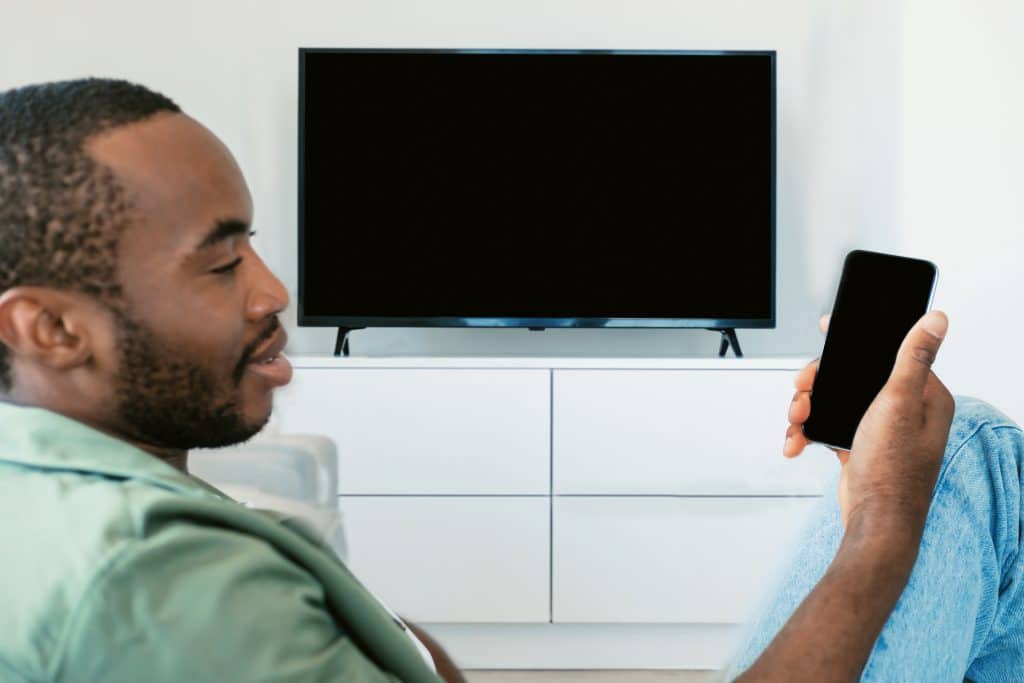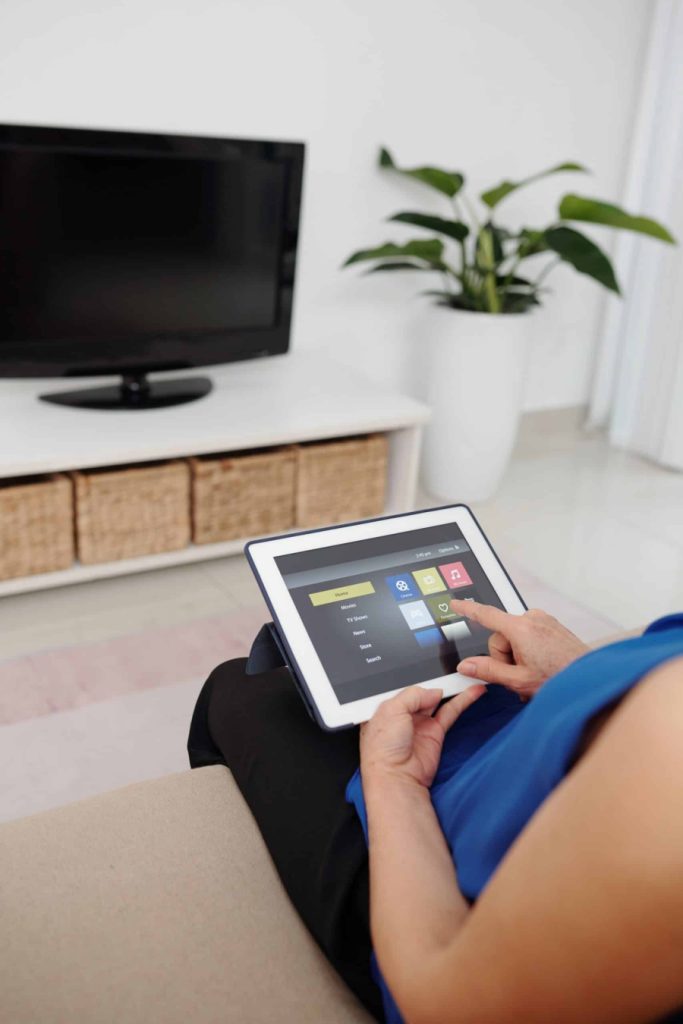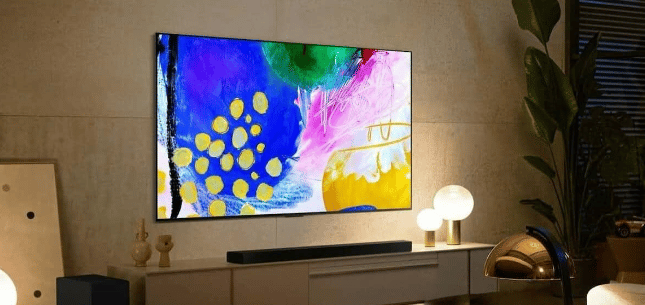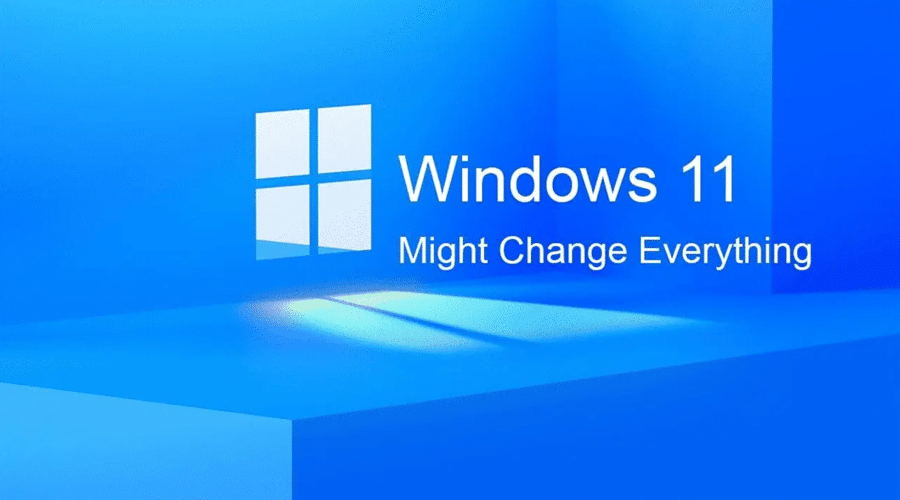When you purchase a new TV, the TV settings are usually preset to optimal viewing for most people. However, this might be different for you. Many people have their TVs set up incorrectly and are not getting the best picture quality. Things like picture mode, motion smoothing, and backlight levels can significantly impact your viewing experience. This article will discuss the different TV settings you need to change to help improve the look of your screen!
Contents
How TVs Have Changed Recently

It’s hard to believe that it has only been a little over a century since the first television was invented. In the intervening years, TVs have undergone a remarkable transformation. Today’s TVs are thinner, lighter, and more energy-efficient than ever. They also offer a much more comprehensive range of features, including slim bezels, 4K resolution, and built-in streaming capabilities.
Perhaps most significantly, TVs are now more affordable than ever before. Thanks to these advances, TVs have become essential to many homes worldwide. So it’s safe to say that the TV of tomorrow will be even more impressive than the TVs of today.
TV Settings You Need To Change
With all the different changes TVs have undergone, it’s important to ensure you get the most out of your television. Here are some settings you should consider adjusting:
Brightness

If you find yourself squinting at the television or straining to see details, it may be time to adjust the brightness. Of course, the optimal setting will depend on the surrounding light and your personal preferences, but there are a few general tips to keep in mind. First, if you’re watching during the daytime, you’ll likely need a brighter setting than if you’re watching at night.
Second, LCD and plasma TVs generally require a different brightness level than CRT TVs. To achieve the perfect balance, it’s best to experiment with the settings until you find what works for you. With a little trial and error, you’ll be able to find the perfect brightness for your TV-watching needs.
Aspect Ratio

If you’re like most people, you probably don’t give much thought to the aspect ratio of your TV. But the truth is, the aspect ratio can have a big impact on your viewing experience. So what is the aspect ratio, and why does it matter? The aspect ratio is the width-to-height ratio of a TV screen. The most common ratios are 4:3 and 16:9. A 4:3 TV has a width of four units wide and a height of three units high. A 16:9 TV has a height of sixteen units wide and a height of nine units high. Most HDTVs have a 16:9 aspect ratio, while older TVs tend to have a 4:3 ratio.
So why does aspect ratio matter? The truth is, it all comes down to personal preference. Some people prefer the traditional 4:3 ratio because it gives them a larger picture. Others prefer the 16:9 ratio because it better mimics how you see the world around you. Ultimately, it’s up to you to decide which ratio is best for your viewing needs. So experiment with different settings until you find the one right for you.
Picture Mode

Picture mode is a setting that allows you to choose how your TV displays pictures. The options available vary depending on your TV model, but they typically include choices such as “Standard,” “Dynamic,” and “Movie.” Standard is the default setting for most TVs and usually produces the best picture quality. However, if the picture looks too bright or washed out, you may want to try changing to the Dynamic setting.
This will make the colors pop more and make the picture look a bit artificial. If you’re watching a movie or TV show that’s particularly dark, you may want to try the Movie setting, which will produce a deeper black level. But depending on your TV, this setting may also make the picture look too dark. As with many settings, it’s best to experiment until you find the mode that looks best for your specific viewing needs.
Sound Settings

The human ear is a sensitive instrument, and even small changes in sound can greatly impact the viewing experience. For example, increasing the treble can make voices sound sharper while increasing the bass can make action scenes more immersive. Of course, everyone’s preferences are different, so it’s important to experiment with the sound settings on your TV until you find a balance that you’re happy with.
Generally, it’s best to start with the default settings and then make small adjustments until you find something that sounds good. Then, with a little trial and error, you’ll be able to find the perfect sound setting for your TV.
Motion Smoothing

Most TVs now come with a motion smoothing feature that is designed to reduce blur and improve the clarity of fast-moving images. However, this feature can have the opposite effect, making images look unnatural and distorted. In addition, motion smoothing can introduce artifacts and stuttering, especially when watching movies or TV shows with complex camera movements.
Thankfully, it’s usually easy to disable motion smoothing on your TV. Simply go into the menu and look for the setting labeled “Motion smoothing” or “refresh rate.” Once you’ve found it, set it to “off” and enjoy your content the way it was meant to be seen.
Sharpness

In today’s world, it’s important to have a sharp television. A sharp television can help you see the details of what you’re watching, whether it’s a movie or a game. It can also help you stay alert and focused while watching. However, there are a few things to consider when choosing the right television setting. One is the size of your television. The larger the television, the sharper the setting should be. Another is the distance between you and the television. The closer you are to the television, the sharper the setting should be.
And the last thing to consider is the content you’re watching. If you’re watching something that requires a lot of detail, such as a documentary or a nature show, you’ll need a sharper setting than if you’re just watching a sitcom or a movie. Considering these factors, you can ensure that you have the best possible viewing experience.
You Need To Change These TV Settings!
There are many TV settings that can have a significant impact on your viewing experience. From picture mode to sound settings to motion smoothing and sharpness, it’s important to take the time to experiment and find the settings that work best for you and your unique situation. Your entertainment will thank you for it. And if you are having trouble finding the right settings, don’t hesitate to consult the manual or contact a professional for assistance!


